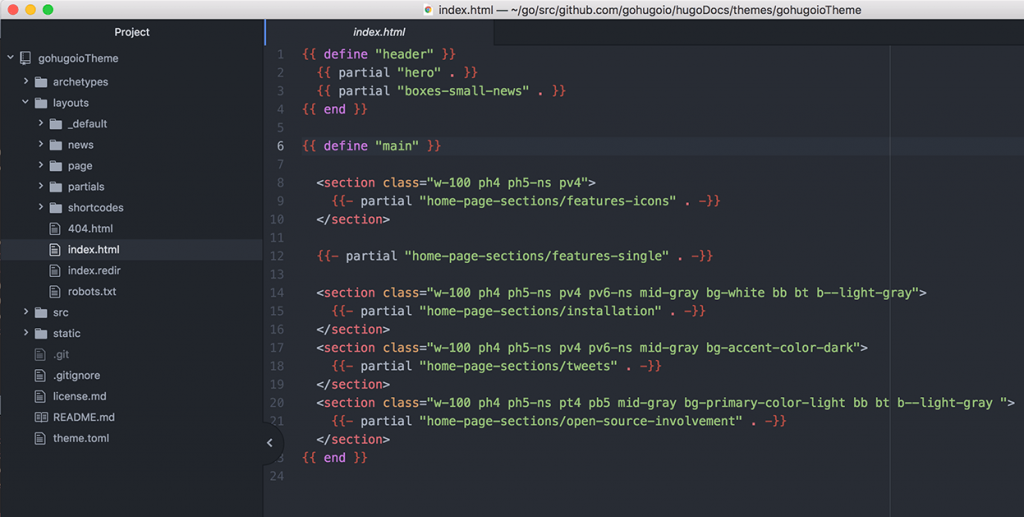I don’t mean to be insulting—you clicked on this because you know in your heart of hearts, one way or another, that there’s a little bit of server ignoramus in you.
But, using a virtual private server (VPS) to build amazing things online doesn’t have to be difficult. Sure, you can spend a decade become a “good” sysadmin, you can hack something together that’s good enough, or you can use one of the many tools that others have built to make building things on a VPS far easier than it used to be.
Becoming server wise will come in time—for now, let’s look at some of my favorite tools and tips that help those without expert server knowledge to deploy amazing blogs, websites, or apps in a breeze. Wisdom will come with time, and in the meantime, we can embrace our… ignoramusness?
1. Use worry-free flat-file content management systems (CMS)
A flat-file CMSs is different from Wordpress, for example, because it doesn’t rely on a database to store your posts or other information. Instead, the CMS compiles all this information together into plain .html files. All you need is a basic web server to host a flat-file blog or website.
I’ve been in love with Hugo lately, namely because it makes developing locally a breeze. A single command will launch a local web server and automatically inject changes into your browser without a reload.

Replicating all the features of your standard Wordpress blog+theme will take some time, but Hugo cuts out all the headache of having to rely on a database to store your posts and images. When it’s all HTML and standard assets like images and CSS files, there are far fewer moving parts and far fewer points of potential failure.
If Hugo doesn’t fit the bill, there’s plenty of other flat-file CMSs in the sea. Each of these allows for natural development and deployment, all without worrying about connecting databases to web servers and keeping the
by subscribing to our newsletter.

